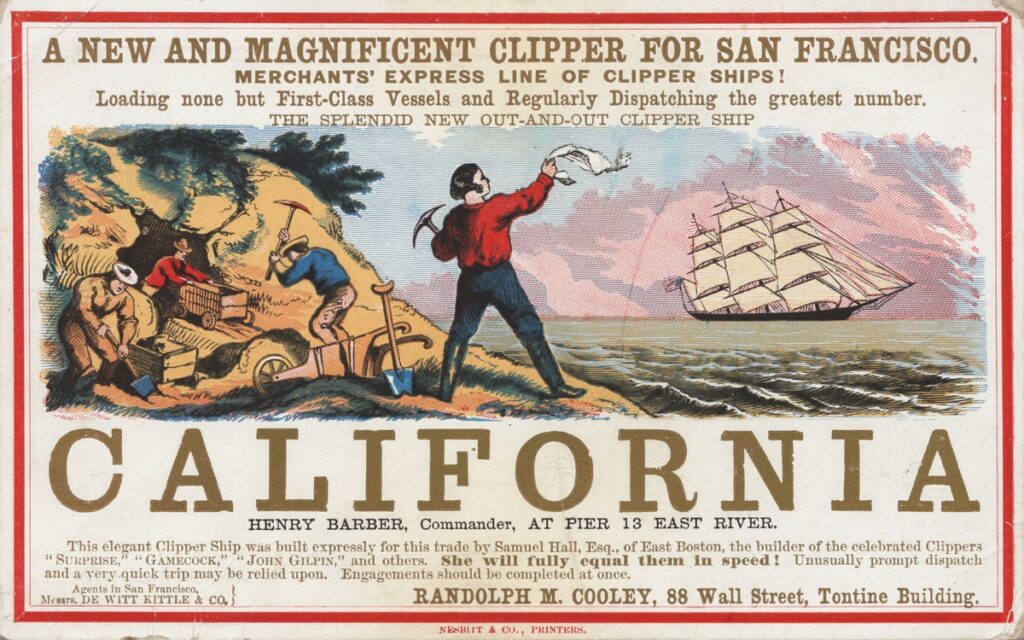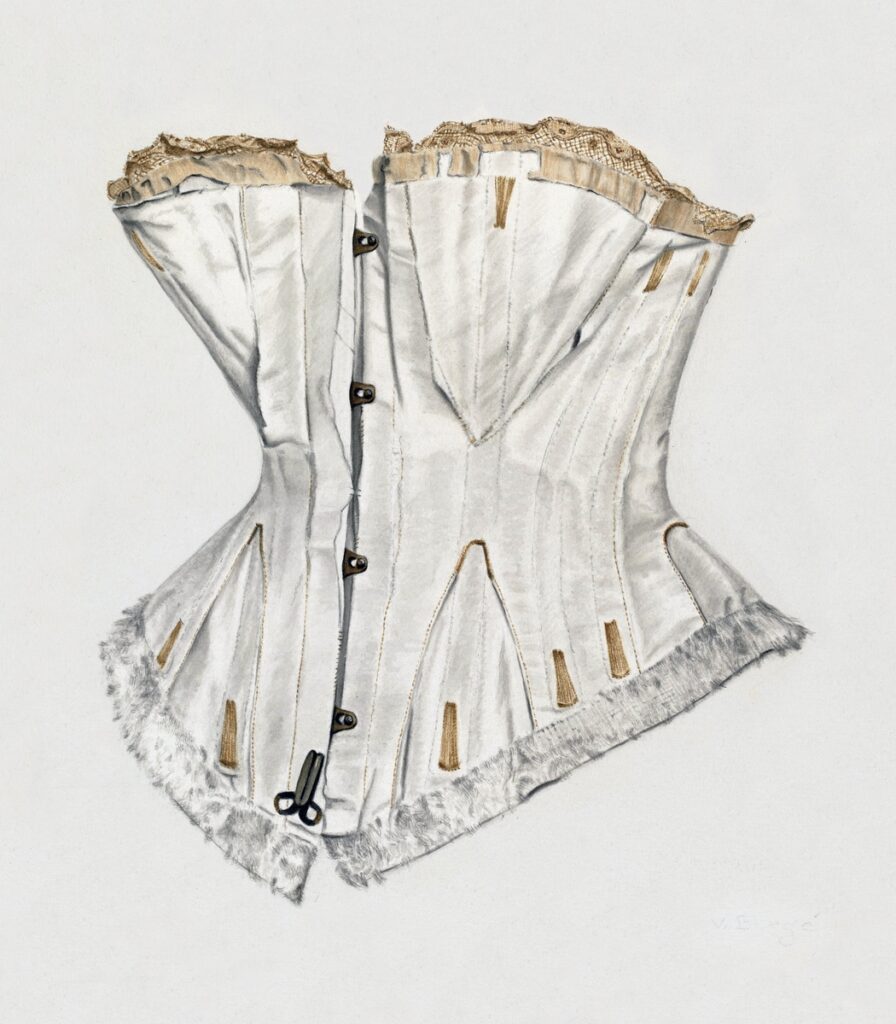Fascinating Mid-19th Century Facts
Sam Time readers will learn about Victorian customs in the U.S. The first time-travel chapter begins in northern California during the gold rush. Throughout the novel, women’s and men’s fashions help paint a picture of daily life in the 19th century.
California Gold

Gold was discovered in northern California in 1848. The term “forty-niners” referred to the people who flocked to California in 1849 searching for fortunes in gold.
Crossing the country, overland, from east to west was a six-month arduous trek. A quicker, but more expensive, route also existed: people and goods traveled from the East Coast by steamship south, around Cape Horn in South America, and then headed north. The shortest route was crossing the Isthmus of Panama, but it was typically jammed with miners and tradesmen.
Hoards of people journeyed to California to mine for gold. By 1855 gold resources were depleted.
Women’s Clothing
Clothing was symbolic in the Victorian era, showing a woman’s status. There were norms, however, that all women followed no matter their station.

When outside, a head covering was a must. A bare head was a means of solicitation by prostitutes.
Every woman wore a corset. Not the tight-fitting style creating a disproportional tiny waist, but a fashionable undergarment providing bust support—like the brassiere—and a desirable hourglass shape.
Pantalets were to worn to cover a woman’s bottom. The leg hems were calf-length and adorned with eyelet lace. In true vintage fashion, each leg top was a separate open panel; that is, there was no center crotch seam. This crotchless design allowed for convenient squatting and elimination over a chamber pot without undressing.
Contrary to popular present-day perception, gloves were not essential. In cold weather, women wore gloves outside for warmth and for protection when working—if they could afford a pair. In rural area women were often too poor to own gloves. In urban areas, affluent women wore daytime gloves for fashion while displaying their elevated station. Evening gloves were ubiquitous for all women attending a ball, theater, or the like.
Men’s Clothing
America’s founding fathers wore white wigs, colorful coats, ruffled laced shirts, britches, and knee-high hose. This aristocratic look was rejected after the revolution. The democratic look shared by wealthy and middle-class men was a somber dark three-piece suit with a hat.
A man’s vest (“waistcoat” in the 19th century) often displayed character, as a tie does in the present. Vests varied in colors and patterned fabrics.
Historical facts are sprinkled throughout the novel. Reading Sam Time is an easy way to learn Victorian customs.